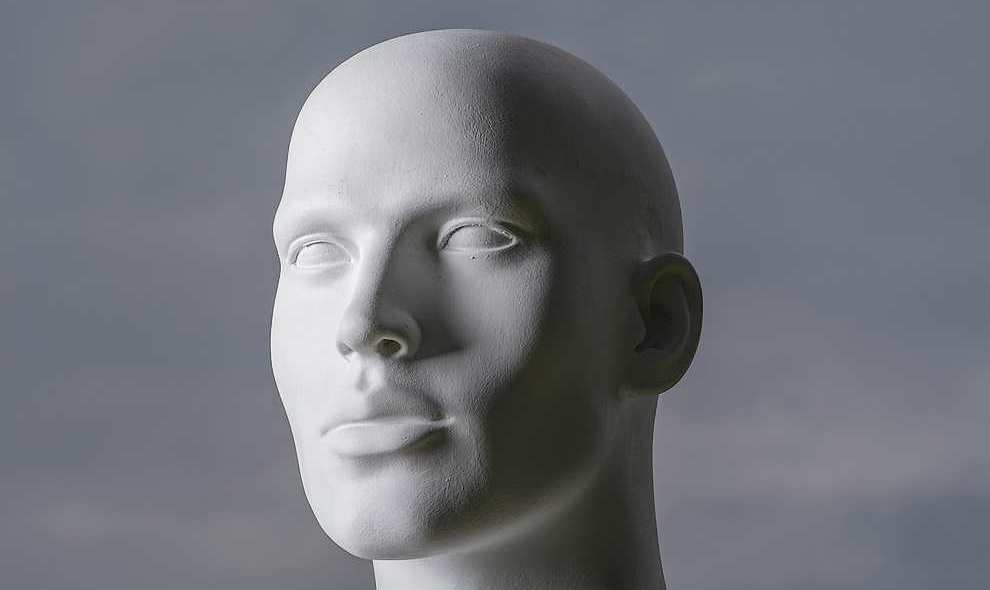
3D Printing In Maxillofacial Surgery
Our ability to create artificial people is thankfully some way off but printing a 3D model to represent a person’s shape is now straightforward. Part of a technique which is becoming valuable in maxillofacial surgery.
In February 2023 at the University Hospital of Salzburg, surgeons implanted a 3D printed cranial prosthesis into a patient. This was to correct a deformity, although a similar approach could be used for trauma damage.
3D printed bone grafts are being given approval for use in patients throughout Europe, to treat deformity, or injury. They are made using a process initially developed for industry.
Additive Manufacturing
3D printing is technically additive manufacturing, where layers of material are built up, until the required item is created. The opposite to the material reduction process used by milling machines, or lathes.
Whilst plastics, resins, or metals are commonly used in 3D manufacturing, the process can be used with a calcium phosphate compound. This is the main component of natural bone, allowing for creation of an equivalent.
Bone growth and union are encouraged, by the choice of material and vascularization, the natural growth of blood vessels within the replacement structure.
There will be times when plastic, or ceramic options are suitable for medical implants, or a scaffold of a different nature. Having the ability to more or less duplicate natural tissue is still valuable.
An Adept Solution
3D implants can be tailored to the individual, in terms of shape, or materials. Compared to traditional approaches, production is quick and low cost. The product is however of good quality and unique to the task.
The basis of 3D modelling is generally a digital model, which can be produced by scanners, such as our in house, cone beam computed tomography device.
Images are then converted into a different format using CAD software and they are 3D printer ready. Of course there are skills involved but the process does not require a whole range of new equipment.
Meeting Patient Needs
Plenty of cases will be suited to autografts, using tissue from a patient’s own body. Synthetic alternatives should still be considered as techniques advance and where they contribute to a better outcome.
As with other developing options, such as using bone stem cells, or bone regenerating proteins, 3D creation should not be disregarded because this is new.
Computer modelling itself has long proven to be of value in maxillofacial surgery. 3D printing is a logical development from this.
A tool to be considered by consultants to help support their patients, where our creative nature has helped to build a health giving solution.
- Back To Medical News
- Phone – 020 7935 8627
- Email – pa@shakib.org


